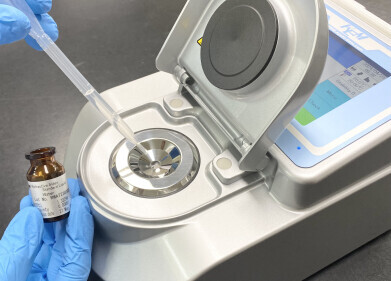Laboratory Products
Is Cancer Linked to Weight?
Mar 26 2017
Cancer can strike at any time. It’s an unfortunate reality we have to face that the disease is indiscriminate. There are, however, ways to decrease the likelihood of cancerous cells developing. And, according to the latest research, one of those could be linked to your weight. Read on to see how weight affects cancer development.
Alarming findings
The new study, published in the British Medical Journal, looks at all the evidence linking weight with cancer development. Rather than solely weight or body mass index, the researchers focussed on adiposity – the amount of fat stored within the body.
After grading and compiling all of the evidence from 204 studies, researchers concluded that carrying excess fat leads to an increased risk of eleven cancers:
- Colon (men)
- Rectum (men)
- Endometrium (women)
- Breast (women)
- Ovary (women)
- Oesophagus
- Biliary tract
- Pancreas
- Kidney
- Bone marrow (multiple myeloma)
- Stomach (gastric cardia)
Britain's obesity crisis
The findings come at a time when obesity is rife in Britain. Leading charities have predicted that nearly three quarters of us will be obese by 2035. This translates to an estimated 700,000 new cases of cancer linked to obesity over the next two decades.
“I think now the public and physicians really need to pay attention to obesity with respect to cancer,” said research co-author Marc Gunter. “Telling people to avoid being overweight not only reduces their risk of diabetes and cardiovascular disease, it also reduces their risk of many different cancers.”
What does fat do to cells?
Despite the study finding strong links between excess fat and different cancers, there is no new evidence as to why exactly fat increases the risk of developing the diseases. Previous research offers a range of possible explanations. Being overweight causes disruption in metabolic pathways, hormones and insulin levels. Along with inflammation, these can all impact on the way cells mutate and interact.
Inspecting patient tissue
Researching factors that increase the likelihood of cancer development has the potential to reduce cancer fatalities. If people heed the advice of medical professionals, we may see less people developing cancer in the first place. Obesity is, after all, one of the most preventable causes of cancer – second only to smoking.
But when cancer strikes, it’s important to diagnose it quickly. The article ‘Spectroscopy: A New Method for Patient Diagnostics’ explores how advances in non-invasive tissue testing can optimise outcomes as well as improving patient comfort.
Digital Edition
Lab Asia 31.2 April 2024
April 2024
In This Edition Chromatography Articles - Approaches to troubleshooting an SPE method for the analysis of oligonucleotides (pt i) - High-precision liquid flow processes demand full fluidic c...
View all digital editions
Events
Apr 28 2024 Montreal, Quebec, Canada
May 05 2024 Seville, Spain
InformEx Zone at CPhl North America
May 07 2024 Pennsylvania, PA, USA
May 14 2024 Oklahoma City, OK, USA
May 15 2024 Birmingham, UK






.jpg)











